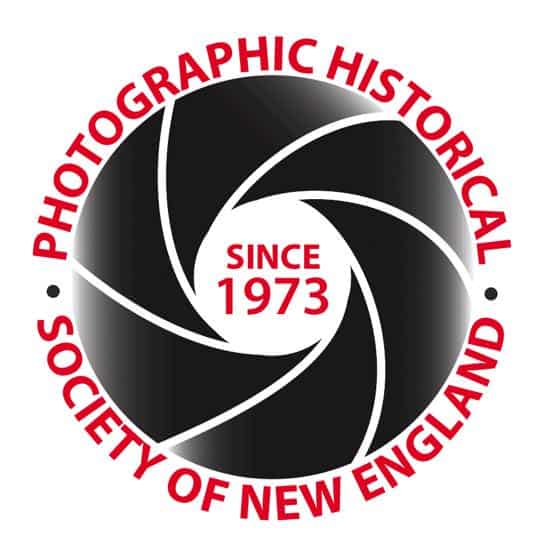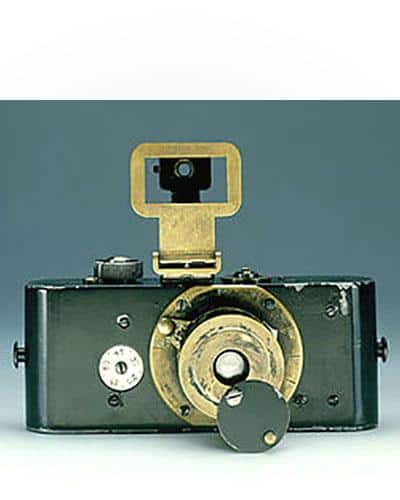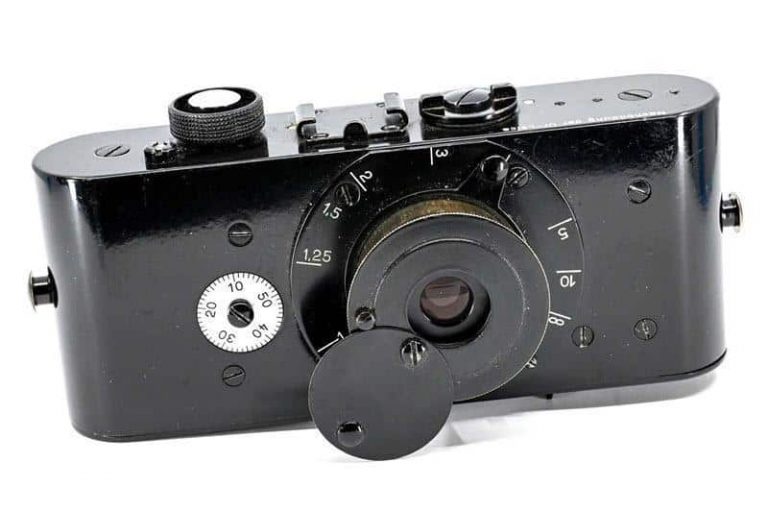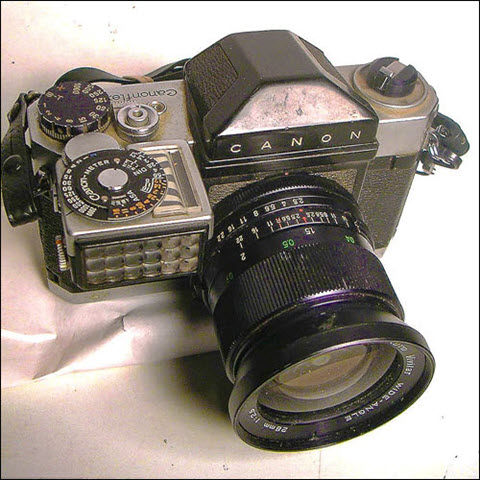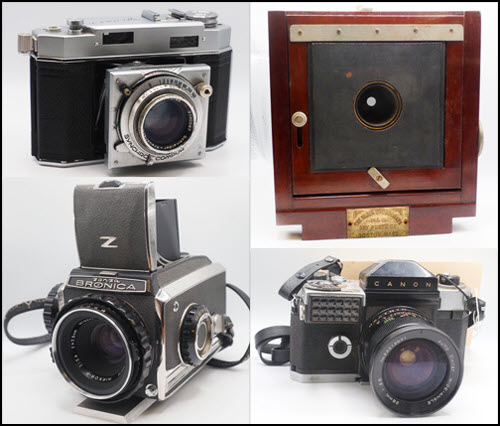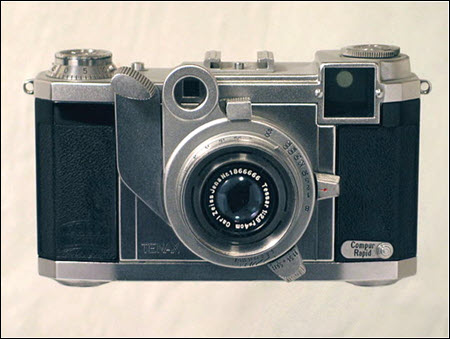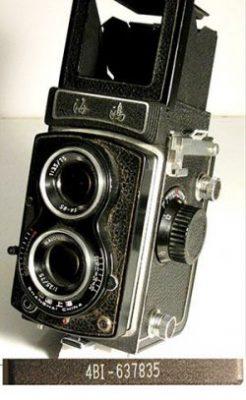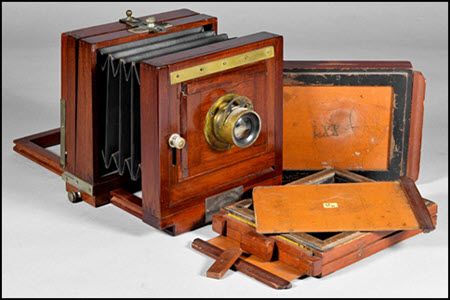The Ur-Leica, generally referred to as the original Leica, should actually be called Ur-Leitz since the Leica name wasn’t in use until 1925. The word Ur has German roots; English and German dictionaries define Ur as primeval, primitive, original, earliest.
It is considered to be “a mechanical masterpiece that is relatively light and small. The camera’s shoulder barely exceeds the height of a credit card. It is also a compact camera in the sense that it has an integrated lens, the retractable Mikro-Summar 42mm f/4.5. In the production Leica I, this lens was replaced by the optically superior Elmax 50mm f/3.5, which had been specifically designed for the camera.” (https://www.apotelyt.com/camera-review/leitz-ur-leica)
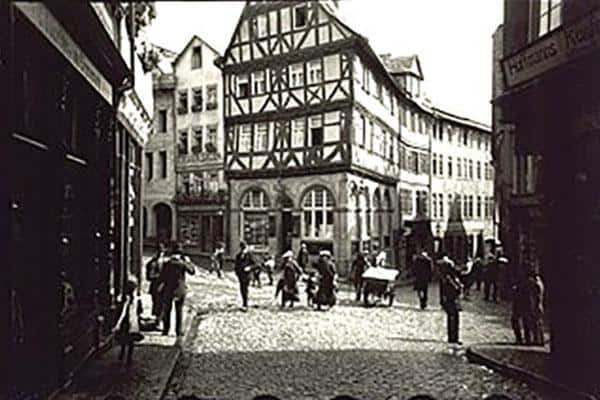
At the Ernst Leitz Optische Werke (Optical Works) in Wetzlar, Germany, master technician Oscar Barnack “had the groundbreaking idea of doubling the width of then common 18 x 24 mm cinema film and have it run horizontally in the Ur-Leica, rather than vertically as in cinema cameras of the time. While the prototype was initially used for film projectors, he saw its potential as a “self-standing stills camera.” Besides generating images that were less grainy than those from glass plates, the camera used motion picture film that was far less expensive than the plates. Better quality at lower costs from a more compact imaging tool was a sure recipe for commercial success.
The latter came after the end of World War I, when Leitz started to sell the Leica I, which was based on the Ur-Leica. Many features of Barnack’s camera were used in future Leicas.
These include the horizontally travelling 35mm film that can accommodate 36 exposures in one loading, an accessory shoe on top of the camera to attach, for example, a framing viewfinder, and a large shutter release button surrounded by a knob that serves simultaneously to advance the film and to cock the shutter. Barnack produced three models of the Ur-Leica, two without lenses (the first and third) that are in the Leica Museum in Wetzlar; the other is lost, but copies exist because Leitz “produced 31 pre-production 0-Series Leicas, which closely resemble the Ur-Leica. Twelve of these have been preserved.
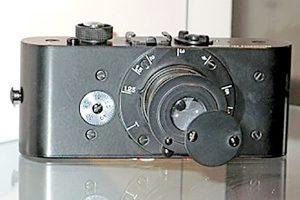
One such 0-Series camera was sold at a photographica auction in March 2018 for $2.97 million, making it the most expensive camera ever sold. Beginning in 1970, Leica produced many replicas of the Ur-Leica, some working models, others purely for display. These replicas bear the inscription ‘Nachbildung der Ur-Leica’ on the top plate.
Working models nowadays trade for about $3,000-$4,000, while dummy versions can be found for a fourth of that price.” The Smithsonian Institution has a model which it identifies as a working camera (https://tinyurl.com/p8x6jxk3), though some Leica enthusiasts disagree, claiming that none of the museum or auction Ur cameras are functional.
Many replicas have been modified to keep up with technological advances. PHSNE member Mark Kronquist writes: “Say you purchased a Leica in 1925, in 1932, rather than buy a new Leica, you could pay Leica to add a rangefinder. In 1952 you wanted to use a flash. You could pay Leica to add a flash to your camera you first purchased in 1925.” The variety of replicas reflect these changes.
What the heck…
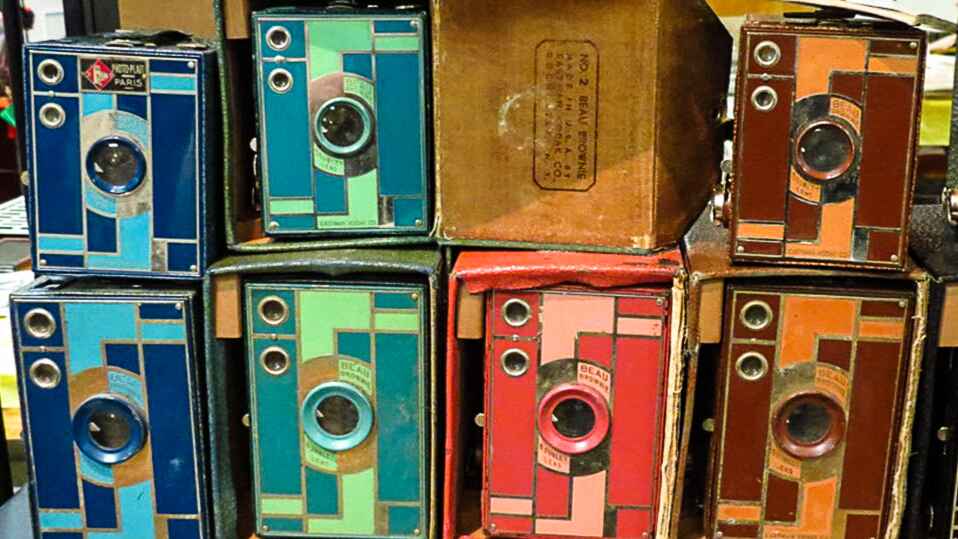
Are Those Even Cameras?!
Join the PHSNE Newsletter and learn more about photographic history and preservation. Already an expert? Come and share your collections and knowledge as we celebrate the history and advancement of photography.
